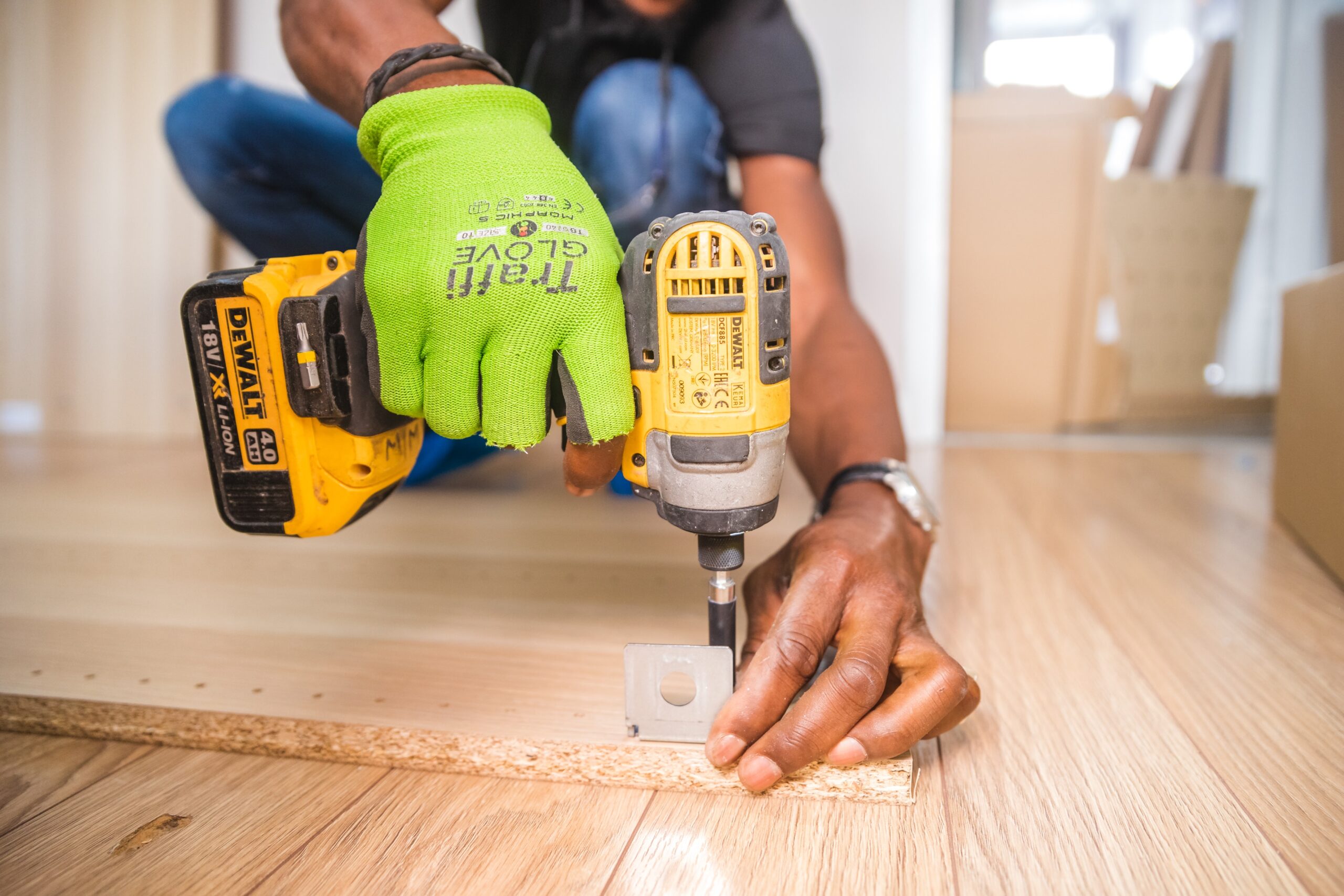Building a restaurant involves multiple layers of decision-making that directly impact construction costs. Thorough research, meticulous planning, and seeking expert advice can help you navigate this intricate process. Remember, the goal isn’t just to minimize costs and ensure you get value for every dollar spent.
12 KEY FACTORS TO CONSIDER WHEN BUILDING A RESTAURANT
By Fred Kirvan – CEO Kirvan Consulting
Building a restaurant from the ground up is no small task. Beyond conceptualizing the menu, curating a skilled team, and finding the right ambiance, the construction cost is the fundamental aspect that determines the feasibility of such a venture. With fluctuating prices in the market and the unique requirements of the restaurant business, understanding the significant factors that impact these costs is essential. This blog post will delve deep into these key factors to provide a clear roadmap before you embark on this journey.
1. Location:
* Land Cost: This is often the most significant expense. Prices vary depending on the city, neighborhood, and even the street. A location in a bustling city center will invariably cost more than a suburban area.
* Local Construction Regulations: Different areas have varying regulations, such as zoning laws and building codes. Familiarizing yourself with these can prevent unforeseen costs later on.
2. Size and Scale:
The larger the restaurant, the higher the construction cost. However, the cost per square foot can sometimes decrease with increasing size due to economies of scale. Balancing the restaurant’s size with the anticipated customer volume is essential.
3. Design and Layout:
* Architectural Design: Unique and complex designs will necessitate more sophisticated (and expensive) construction methods.
* Interior Layout: An efficient kitchen and dining space layout can save money in the long run. Conversely, modifications after construction can significantly add to costs.
* Ambiance and Décor: High-end finishes, custom artwork, and unique fixtures can significantly elevate costs.
4. Construction Materials:
Choosing between premium materials like marble or more affordable ones like laminate can dramatically affect costs. The durability of materials should also be considered. Spending more upfront can save money in the long run on repairs and maintenance.
5. Labor Costs:
Labor costs vary depending on the region, the complexity of the project, and the current demand for construction professionals. It might be more cost-effective to build during off-peak times when labor costs are lower.
6. Equipment and Installations:
* Kitchen Equipment: Commercial kitchen equipment, including ovens, stoves, and refrigeration units, can be a significant portion of the budget.
* HVAC System:Restaurant heating, ventilation, and air conditioning are crucial. The size and efficiency of the system will impact its cost.
* Safety Installations: Fire suppression systems, alarms, and sprinklers are mandatory in most places and can add to costs.
7. Utilities:
Connecting to public utilities like water, sewage, gas, and electricity can be costly, especially if the existing infrastructure is not in place or upgrades are required.
8. Permitting and Licensing:
Local governments often require various permits for construction, health, safety, and operation. Each permit has its associated fees, and the time taken for approval can delay the project, leading to increased costs.
9. Environmental Considerations:
Sustainable and green building practices, while beneficial for the environment, can sometimes be more expensive initially. However, they may lead to long-term savings through tax breaks or reduced utility bills.
10. Contingency Budget:
Always keep aside a percentage of the total budget (usually 10-20%) for unexpected expenses. These can arise from unforeseen construction challenges, price hikes, or changes to the initial plan.
11. Financing Costs:
Interest rates and loan processing fees will add to the overall cost if you’re taking out a loan to fund the construction. Shop around for the best rates and terms to reduce this financial burden.
12. Post-construction Adjustments:
After the primary construction, there might be a need for tweaks and adjustments based on operational requirements or inspections. Budgeting for this can prevent unpleasant financial surprises.
Remember building a restaurant involves multiple layers of decision-making that directly impact construction costs. Thorough research, meticulous planning, and seeking expert advice can help you navigate this intricate process. The goal isn’t just to minimize costs and ensure you get value for every dollar spent. The foundation you lay, both literally and figuratively will determine the success and longevity of your restaurant business.
============================================
This article was researched and edited with the support os AI

